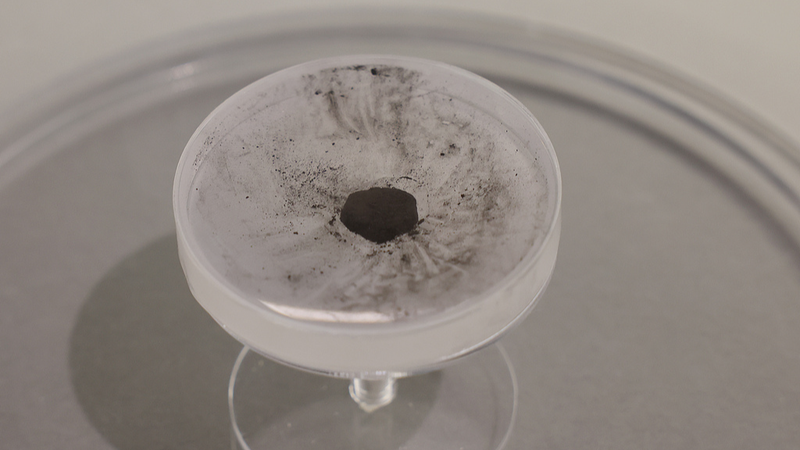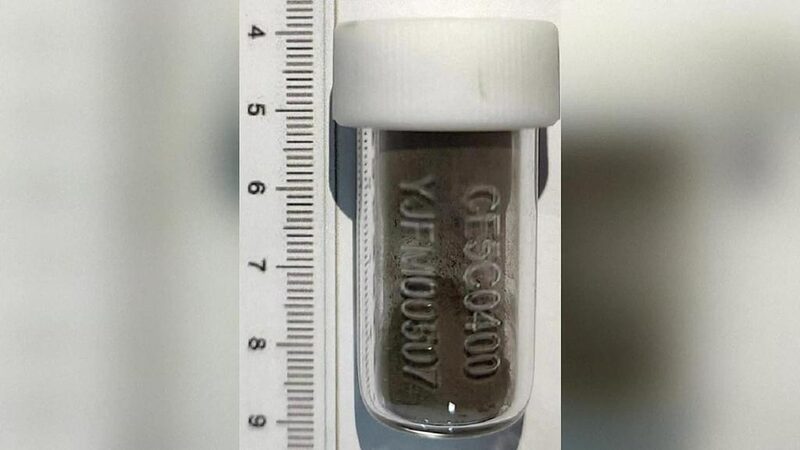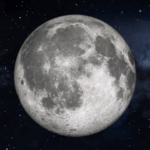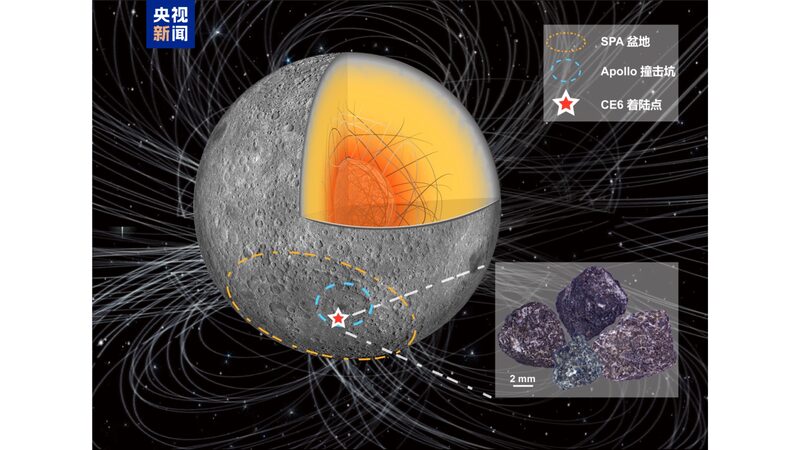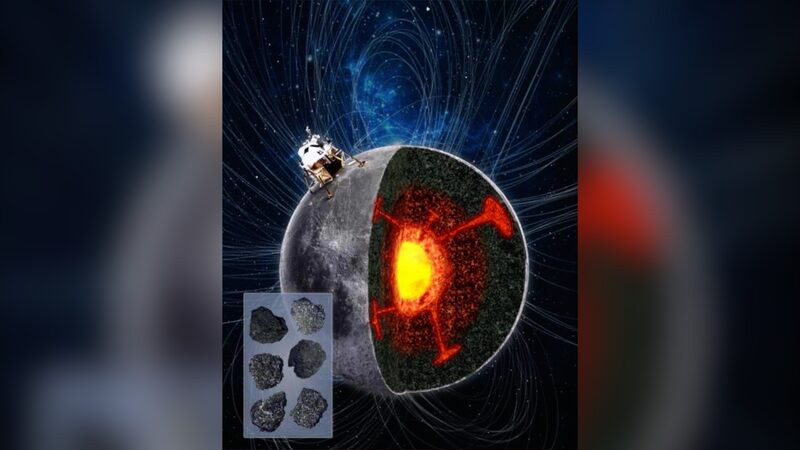Hold onto your lab coats, space fans! China's Chang'e-6 lunar mission just dropped moon rocks that rewrite lunar history. Analysis of 1,935 grams of far-side samples – the first ever collected – shows the moon’s magnetic field pulled a surprise comeback tour 🌟 2.8 billion years ago, defying earlier theories.
What’s the Buzz?
Published in Nature, the study reveals the moon’s magnetic strength revived after a 3.1-billion-year slump. Researchers think the lunar dynamo (think of it as the moon’s internal power generator) might’ve gotten a second wind from shifting energy sources. It’s like finding your phone battery magically recharged after dying – scientists are scrambling to explain it!
Why Should We Care?
🔭 This isn’t just moon gossip. "Understanding this helps us piece together the moon’s thermal history and even Earth’s early environment," says lead researcher Cai Shuhui. Plus, it fills a billion-year gap in our cosmic timeline – a win for night-sky nerds everywhere.
Earlier studies spotted two volcanic eruptions (2.8B and 4.2B years ago) on the far side, with Science journal confirming the younger rocks' age. Together, they paint a wild new picture of our moon’s fiery youth.
The Bigger Picture
While the moon’s global magnetic field died out long ago, these findings show its final chapters were way more dramatic than we thought. As one peer reviewer put it: "This is a major advance in lunar magnetism." Cue the interplanetary mic drop 🎤.
Reference(s):
Chang'e-6 moon samples unveils surprising magnetic field resurgence
cgtn.com
